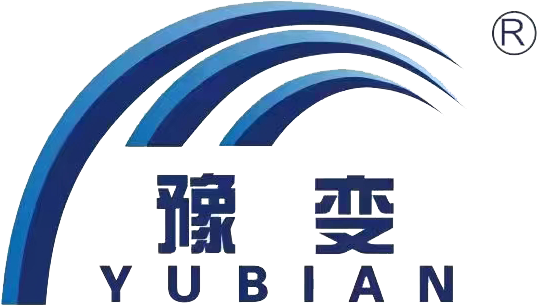Bare Flat Copper Wire
In a groundbreaking development, the process of obtaining bare flat copper wire has taken a major leap forward. This important ingredient for the production of insulated winding wire is now obtained through the innovative method of cold rolling and extruding oxygen-free copper rods. This marked a major advance in the production of insulated wire, as it simplified the initial stages of the manufacturing process.
The traditional method of obtaining bare flat copper wire involves a series of complex and time-consuming steps. However, with the introduction of cold rolling and extrusion technology, the process has undergone revolutionary changes. By using oxygen-free copper rods and cold rolling and extruding them, manufacturers are able to obtain bare flat copper wire more efficiently and with greater precision.
The importance of this advancement cannot be overstated. Bare flat copper wire is an important component in the production of insulated winding wire for a wide range of uses, including motors, transformers and generators. By improving the process of obtaining bare rectangular copper wire, manufacturers can improve the overall quality and performance of the insulated wire, resulting in a more reliable and efficient end product.
The use of oxygen-free copper rods in this process is particularly noteworthy. Oxygen-free copper is known for its excellent electrical conductivity and purity, making it an ideal material for electrical applications. By using this high-quality copper in the production of bare rectangular wire, manufacturers can ensure that the resulting insulated wire meets the highest performance and reliability standards.
In addition, cold rolling and extrusion processes offer additional advantages in terms of material properties and dimensional accuracy. By performing these techniques on copper rods, manufacturers can achieve a more uniform grain structure and improved mechanical properties in the resulting bare rectangular wire. This, in turn, helps improve the overall durability and lifespan of insulated wires produced from this material.
From a manufacturing perspective, the use of cold rolling and extrusion to obtain bare flat copper wire represents a significant improvement in process efficiency. These technologies allow for greater control over wire size and tolerances, resulting in a more consistent and reliable product. Additionally, the streamlined nature of the process results in cost savings and shorter lead times, ultimately benefiting manufacturers and end users.
As the first step in the production of insulated winding wire, the process of obtaining bare flat copper wire plays a vital role in determining the overall quality and performance of the final product. With the introduction of cold rolling and extrusion technology, manufacturers are poised to raise the bar for insulated wire production, providing greater reliability and efficiency in a wide range of applications.
In conclusion, the use of cold rolling and extrusion to obtain bare flat copper wire represents a significant advance in the manufacturing process of insulated winding wire. By utilizing oxygen-free copper rods and innovative production techniques, manufacturers can achieve higher levels of precision, efficiency and quality in the production of insulated wire. This development brings great hope to the electrical industry, paving the way for more reliable, high-performance products in the future.











